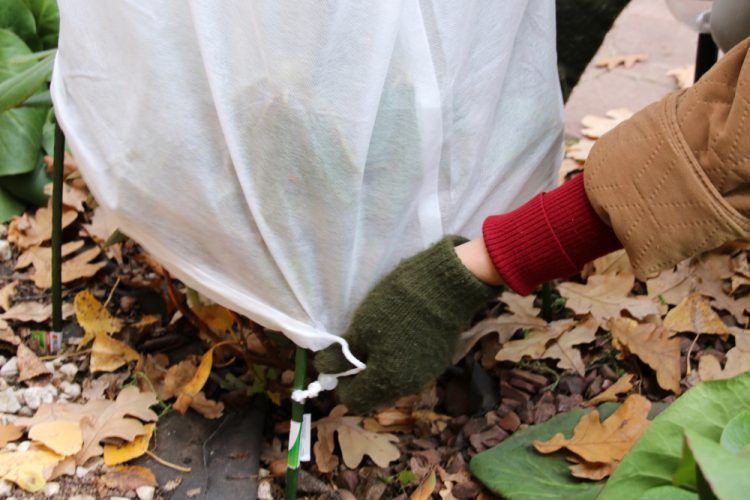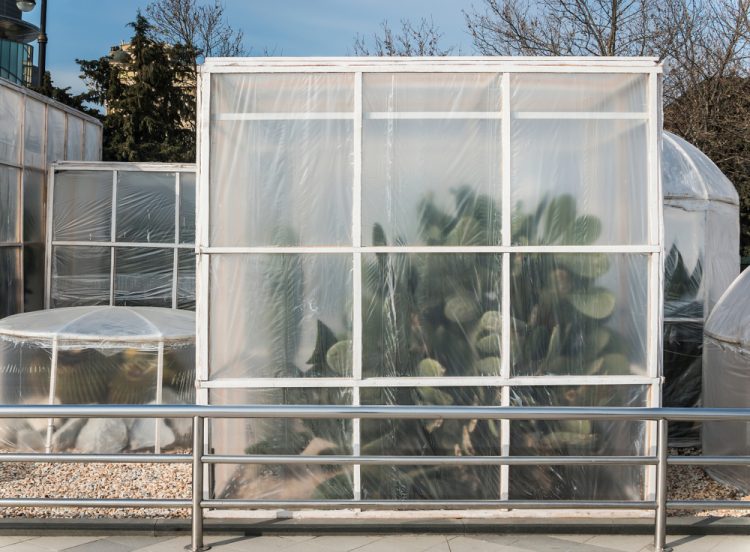Winter is well established, and despite fairly mild temperatures this year, it’s time to think about protecting your plants from frost, snow or hail. Their development slows down in winter, and some of them need special care or protection during this season, we take stock for you …
When to protect your plants?
It is important to wait as late as possible to protect your plants. Being exposed to temperatures between 0 and -10 ° C for a few days allows them to limit the appearance of pests and to enter into dormancy, the hibernation of plants. So wait for the first frosts so that your plants can prepare themselves for sometimes negative temperatures. In the same way, it will be necessary to remove their protections as soon as possible, from the first thaws in March or April depending on your region.

We go home the most fragile
Potted plants are the most exposed to the cold because their roots are not preserved by the natural heat of the earth. So think about bringing them inside, either in your house, or in a garden shed, a greenhouse, a veranda or a garage.

The different methods of protection
There are many ways to protect your outdoor plants from freezing:
- Mulching: it is about covering the roots of your plants with straw. This method keeps the heat emitted by the earth as much as possible. You will also find in the trade wood chips, hay, cardboard … Just think about aerating the straw from time to time to avoid rotting;
- The ridging: bring earth to the level of the feet of your plants, trees and shrubs in order, once again, to retain the heat of the soil. This will also strengthen the roots of your plants and therefore promote their growth. This technique is also recommended for roses, vines and certain vegetable garden plants such as potatoes;
- Mulching with newspaper: line your planters and flower pots with crumpled newspaper. This makes it possible to form a layer of at least 5 cm in order to preserve your plants;
- The wintering veil: in the same way, this non-woven veil will protect the roots of your outdoor plants. Consider seeking advice on the correct weight for your region and your plants.
Also remember to protect the leaves of your most fragile plants with appropriate protections or even with old sheets!
Outdoor plants in winter: the right actions to adopt
- Don’t let the snow stagnate. If your garden has a thick white coat, consider shaking your shrubs and plants. This prevents snow from stagnating on their foliage;
- Be quick: if the frost comes on suddenly, do not hesitate to use old textiles to protect the leaves of your most fragile plants. Do not wait to go to a garden store, you can always change them afterwards;
- Keep dead leaves. In the fall, you have certainly picked up the dead leaves that have scattered around your garden, don’t throw them away! Instead, place them at the feet of your shrubs to protect them. Repeat the operation in case of strong wind;
- Limit watering: in winter, your plants go dormant, so they need less water. Space waterings as temperatures drop. In the event of frost, you can even stop watering them completely in order to preserve them.







